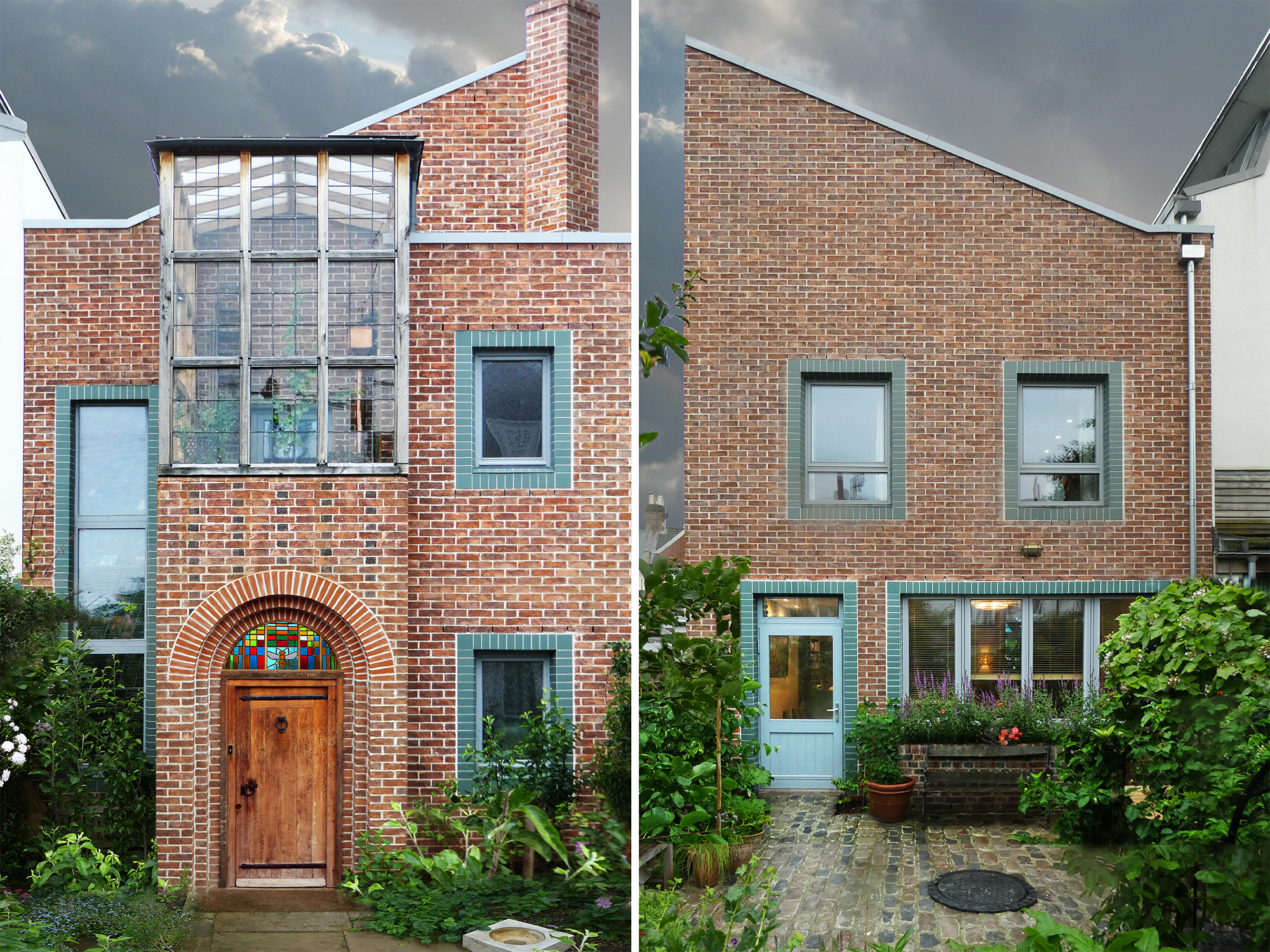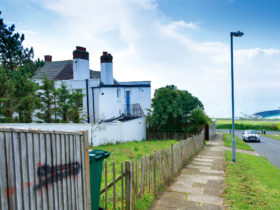
Learn from the experts with our online training course!
Use the code BUILD for 20% off
Learn from the experts with our online training course!
Use the code BUILD for 20% offInfill plots could be a large side garden, an outbuilding between two houses, or maybe an access way.
Rural councils often define infill plots as ‘the infilling of a small gap within an otherwise built up area.’
Whether you can build on an infill plot depends very much on its location and the policies that apply there.
If you spot a promising infill plot, look at the plans attached to the Local Plan or LDF. You can find these on the council’s website or at their offices. They will include a document containing policies, and also maps showing where those policies apply.
The maps show lines drawn around built-up areas. These lines are known variously as development boundary, settlement boundary, built-up-area boundary and so on.
The lines are usually drawn fairly tightly around the main built-up areas of towns and villages and often exclude peripheral areas of low-density housing.
Read more: Complete guide to finding a plot

The Orchard is a new two-storey family house in the London Borough of Lambeth. It was built to fit into a narrow infill plot along a terrace of five architecturally distinct houses. The vision was to build a contemporary interpretation of the Arts & Crafts house combining 21st century energy and environmental performance with a commitment to traditional craftsmanship. |
Most councils allow for infilling and small scale developments within towns and villages. Some define categories of settlements, from larger towns down to small hamlets, with differing rules for each.
Contrary to the political and media hype, councils are still encouraging property development. Government planning policy still allows for building in gardens in built-up areas. Most councils still allow infill developments, including within gardens.
There are, however, areas in towns and villages where infill is restricted. These might be conservation areas or areas with some special character.
This doesn’t necessarily mean you can’t build, but permission is going to be harder to come by. There are likely to be design constraints as well, particularly in conservation areas.
Read more: 10 expert tips to win planning permission on a garden plot
Outside the boundaries, on the edges of towns and villages and in hamlets and small settlements, there’s no general rule on how infill is treated.
Some councils have specific policies allowing infill where there are more than a certain number of houses in a row. Others specify areas on their Local Plan maps where infill might be allowed, such as built-up road frontages and ribbons of development.
Many councils elect to keep life simple and allow no new housing at all, infill or not, outside development boundaries.
This means it’s essential to check the policy status of a plot, before making assumptions about whether you can build on it. Always look at the Local Plan or LDF first.
So, you’ve found a plot with infill potential, but how do you know what you can build on it?
The things to look at are the types of houses on either side of the site and in the area generally.
You should also consider the pattern of development, plot privacy and whether the new house will be excessively overbearing.
You should also review access, and any particular features of the site such as a slope, trees, existing buildings and so on.
Read more: Land appraisal – infill plot in Buckinghamshire
You can get a good idea of what can be built on an infill plot by looking at its neighbouring properties.
If they’re bungalows, the likelihood is you’ll have to build a bungalow. If the neighbours are houses, then another house would probably fit in best.
There are no hard and fast rules, but an infill house must fit in with its neighbours to a reasonable degree.
Read more: Council politics and planning permission
This refers to the sizes of plots and the position of houses within those plots.
If the pattern is close-knit, you might be able to squeeze an infill plot in a gap of little more than 10 metres between houses.
If the pattern is more spacious, a house that was too crammed in might look out of character and would be resisted by the council.
The same goes for position in the plot. If all the houses in the road are set well back, then your infill house should be too.
The key questions here are: would the plot have adequate privacy; and, most importantly, would a new house on the plot affect the privacy of neighbours?
Hedges and fences usually protect privacy at ground floor level, so the issues tend to arise from upstairs windows either looking into neighbours’ windows or down into their private garden space.
Privacy issues rarely affect whether a plot can be built on, but they do affect how.
Windows must be carefully positioned to avoid overlooking. Often this means putting obscured glazing in landing or bathroom windows on the sides of the house, with the main bedroom windows facing to the front and rear.
Read more: Planning solutions to overlooking issues
An infill house is bound to have some effect on its neighbours in reducing the light to their windows and perhaps to their gardens.
There’s a fine line between what’s a reasonable level of overshadowing and what’s not. Look at the neighbouring houses carefully to see where the windows of the main rooms are.
If the main living room or kitchen windows are on the side of the house, you might have to site the new house a little farther from the boundary to ensure it won’t restrict light too much.
In the same way, a new house could be regarded as overbearing if it’s too close to another. Although no one has a right to a ‘view’, planners do get concerned about the more nebulous concept of ‘outlook’.
Where a house enjoys an open outlook, hemming it in with a new house might be seen as being harmful to the amenities of the occupants.
Infill sites are often narrow, making it difficult to provide adequate access, on-site turning (where necessary) and parking.
An integral garage can save space, and sometimes it’s possible to share a drive with a neighbour.
Parking requirements are less onerous these days and in central areas of towns, where there’s good public transport available, on a really small plot it might be possible to build without any on-site parking at all.


Comments are closed.